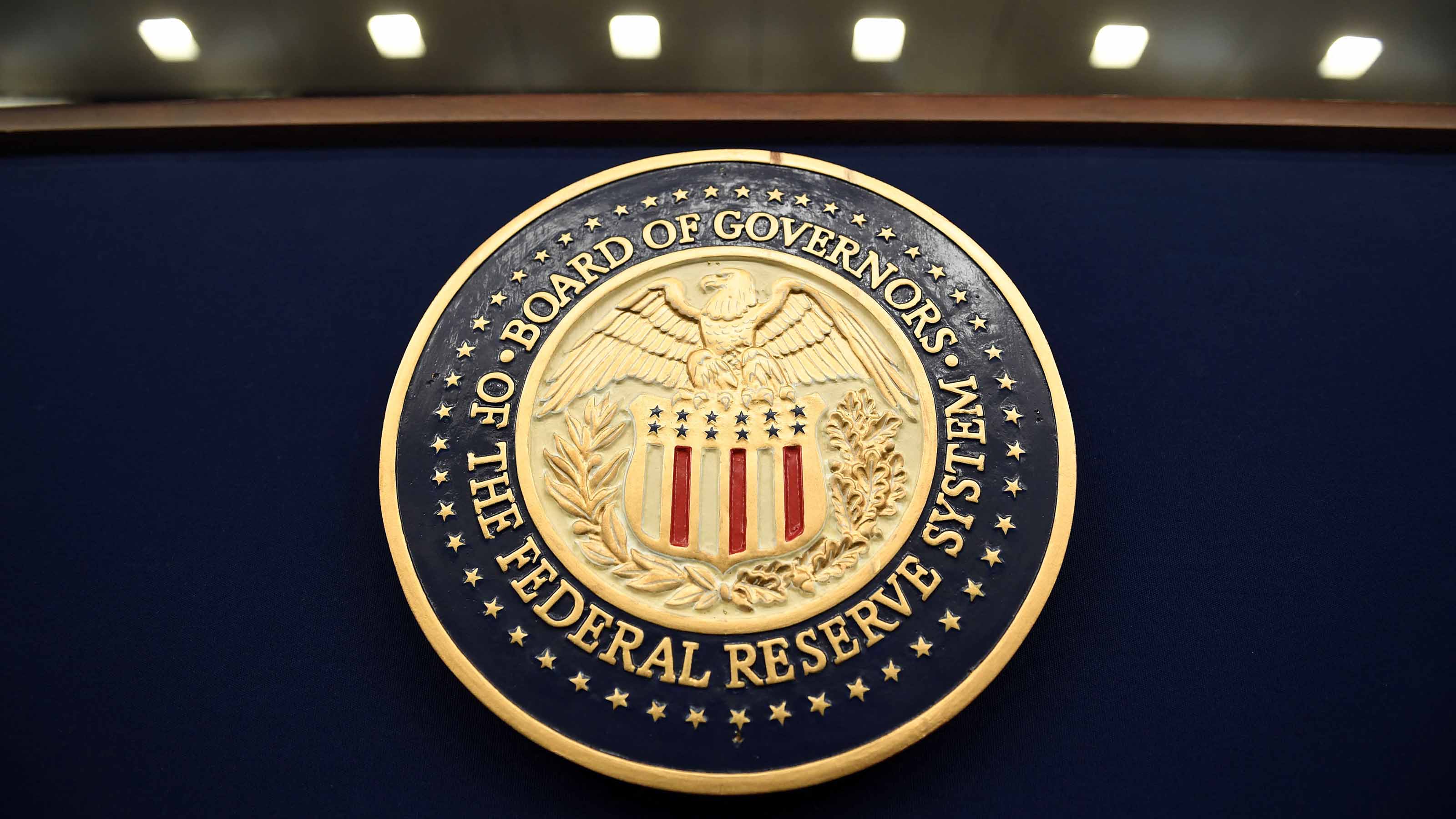
The Federal Reserve raised interest rates by 25 basis points, or 0.25%, on Wednesday as expected, bringing the benchmark borrowing rate to its highest level since 2001.
The increase, the Fed’s 11th rate hike since March 2022, brings the short-term federal funds rate to a target range of 5.25% to 5.5%. After 10 consecutive rate hikes aimed at curbing inflation, the Fed paused in June but left the door open to future hikes, which many market watchers expected.
The target range supports the goal of seeking to achieve maximum employment and inflation at a 2% target rate over the long run, the central bank’s Federal Open Market Committee (FOMC) said in a statement as it concluded its regularly scheduled two-day policy meeting.
The FOMC said it will continue to assess additional information and its implications for monetary policy and that it is “prepared to adjust the stance of monetary policy as appropriate if risks emerge that could impede the attainment of the committee's goals.”
A range of information, including readings on labor market conditions, inflation pressures and inflation expectations, and financial and international developments, will inform its policy stance, the FOMC said.
“In determining the extent of additional policy firming that may be appropriate to return inflation to 2 percent over time, the committee will take into account the cumulative tightening of monetary policy, the lags with which monetary policy affects economic activity and inflation, and economic and financial developments,” the FOMC added.
The committee also said it will continue to reduce its holdings of Treasury securities and agency debt and agency mortgage-backed securities, as it previously announced.
- Kiplinger’s Interest Rates Outlook: Better Economic Outlook Means Another Fed Rate Hike
- Fed Resumes Interest Rate Hikes: What the Experts Are Saying
- Why Treasury Bills Are a Good Bet







